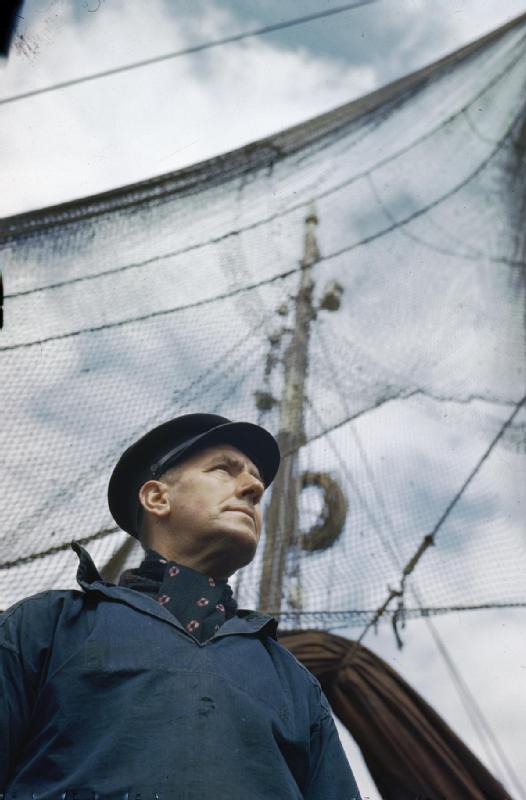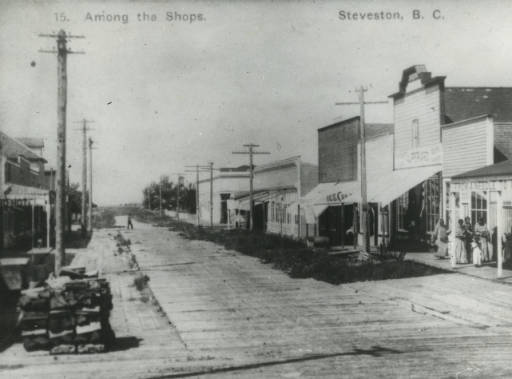|
Steveston Fisherman's Memorial
The Steveston Fisherman's Memorial is a freestanding memorial commemorating the lives and deaths of fishermen working out of Steveston, British Columbia. It takes the form of a giant fishing net A fishing net is a Net (device), net used for fishing. Nets are devices made from fibers woven in a grid-like structure. Some fishing nets are also called fish traps, for example #Fyke nets, fyke nets. Fishing nets are usually meshes formed by ... needle and stands a few metres from the sea at Garry Point Park. The memorial contains a large number of names of fishermen who died at sea, and the following words: :''May 4, 1996'' :''This memorial honours all the fishermen of our community who have'' :''lost their lives in the pursuit of their profession.'' :''Their courage, dedication and contribution to the development of our'' :''community will never be forgotten."'' Monuments and memorials in British Columbia Buildings and structures in Richmond, British Columbia History o ... [...More Info...] [...Related Items...] OR: [Wikipedia] [Google] [Baidu] |
Memorial
A memorial is an object or place which serves as a focus for the memory or the commemoration of something, usually an influential, deceased person or a historical, tragic event. Popular forms of memorials include landmark objects or works of art such as sculptures, statues or fountains and parks. Larger memorials may be known as monuments. Types The most common type of memorial is the gravestone or the memorial plaque. Also common are war memorials commemorating those who have died in wars. Memorials in the form of a cross are called intending crosses. Online memorials are often created on websites and social media to allow digital access as an alternative to physical memorials which may not be feasible or easily accessible. When somebody has died, the family may request that a memorial gift (usually money) be given to a designated charity, or that a tree be planted in memory of the person. Those temporary or makeshift memorials are also called grassroots memorials.''Grassroo ... [...More Info...] [...Related Items...] OR: [Wikipedia] [Google] [Baidu] |
Fisherman
A fisher or fisherman is someone who captures fish and other animals from a body of water, or gathers shellfish. Worldwide, there are about 38 million commercial and subsistence fishers and fish farmers. Fishers may be professional or recreational. Fishing has existed as a means of obtaining food since the Mesolithic period.Profile for the USA * inadequate preparation for emergencies * poor vessel maintenance and inadequate safety equipment * lack of awareness of or ignoring stability issues. Many fishers, while accepting that fishing is dangerous, staunchly defend their independence. Many proposed laws and additional regulation to increase safety have been defeated because fishers oppose them. Alaska's commercial fishers work in one of the world's harshest environments. Many of the hardships they endure include isolated fishing grounds, high winds, seasonal darkness, very cold water, icing, and short fishing seasons, where very long work days are the norm. Fatigue, physical st ... [...More Info...] [...Related Items...] OR: [Wikipedia] [Google] [Baidu] |
Steveston, British Columbia
Steveston, founded in the 1880s, is a neighbourhood of Richmond in Metro Vancouver. On the southwest tip of Lulu Island, the village is a historic port and salmon canning centre at the mouth of the South Arm of the Fraser River. The early 1900s style architecture attracts both the film and tourism industries. History Pioneers The village is named for Manoah Steves, who arrived with his family around 1877–1878 from Moncton, New Brunswick, via Chatham, Ontario. Born Manoah Steeves, a second cousin of William Steeves, he dropped the second 'e' en route. The family was the first white settlers in the area. The townsite began in 1880 as a crown grant to William Herbert Steves, his son. During the following decade, over 100 individuals purchased land in this original section comprising a grid pattern of 237 small lots. Becoming Steveston in 1889, this area south of today's Steveston Highway and west of No. 1 Rd. was the first subdivision in Richmond. In 1887, London's Landing, ... [...More Info...] [...Related Items...] OR: [Wikipedia] [Google] [Baidu] |
Fishing Net
A fishing net is a net used for fishing. Nets are devices made from fibers woven in a grid-like structure. Some fishing nets are also called fish traps, for example fyke nets. Fishing nets are usually meshes formed by knotting a relatively thin thread. Early nets were woven from grasses, flaxes and other fibrous plant material. Later cotton was used. Modern nets are usually made of artificial polyamides like nylon, although nets of organic polyamides such as wool or silk thread were common until recently and are still used. History Fishing nets have been used widely in the past, including by stone age societies. The oldest known fishing net is the net of Antrea, found with other fishing equipment in the Karelian town of Antrea, Finland, in 1913. The net was made from willow, and dates back to 8300 BC. Recently, fishing net sinkers from 27,000 BC were discovered in Korea, making them the oldest fishing implements discovered, to date, in the world. The remnants of another f ... [...More Info...] [...Related Items...] OR: [Wikipedia] [Google] [Baidu] |
Monuments And Memorials In British Columbia
A monument is a type of structure that was explicitly created to commemorate a person or event, or which has become relevant to a social group as a part of their remembrance of historic times or cultural heritage, due to its artistic, historical, political, technical or architectural importance. Some of the first monuments were dolmens or menhirs, megalithic constructions built for religious or funerary purposes. Examples of monuments include statues, (war) memorials, historical buildings, archaeological sites, and cultural assets. If there is a public interest in its preservation, a monument can for example be listed as a UNESCO World Heritage Site. Etymology It is believed that the origin of the word "monument" comes from the Greek ''mnemosynon'' and the Latin ''moneo'', ''monere'', which means 'to remind', 'to advise' or 'to warn', however, it is also believed that the word monument originates from an Albanian word 'mani men' which in Albanian language means 'remember ... [...More Info...] [...Related Items...] OR: [Wikipedia] [Google] [Baidu] |
Buildings And Structures In Richmond, British Columbia
A building, or edifice, is an enclosed structure with a roof and walls standing more or less permanently in one place, such as a house or factory (although there's also portable buildings). Buildings come in a variety of sizes, shapes, and functions, and have been adapted throughout history for a wide number of factors, from building materials available, to weather conditions, land prices, ground conditions, specific uses, prestige, and aesthetic reasons. To better understand the term ''building'' compare the list of nonbuilding structures. Buildings serve several societal needs – primarily as shelter from weather, security, living space, privacy, to store belongings, and to comfortably live and work. A building as a shelter represents a physical division of the human habitat (a place of comfort and safety) and the ''outside'' (a place that at times may be harsh and harmful). Ever since the first cave paintings, buildings have also become objects or canvasses of much artistic ... [...More Info...] [...Related Items...] OR: [Wikipedia] [Google] [Baidu] |





